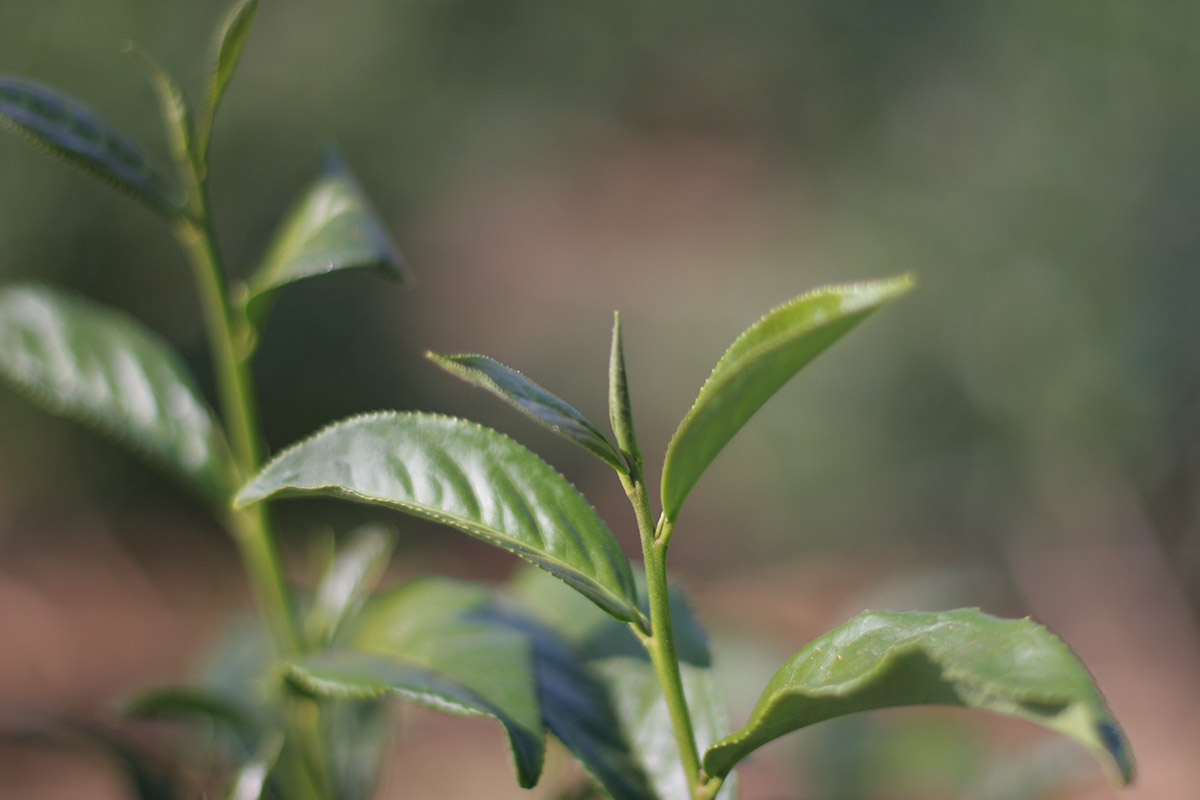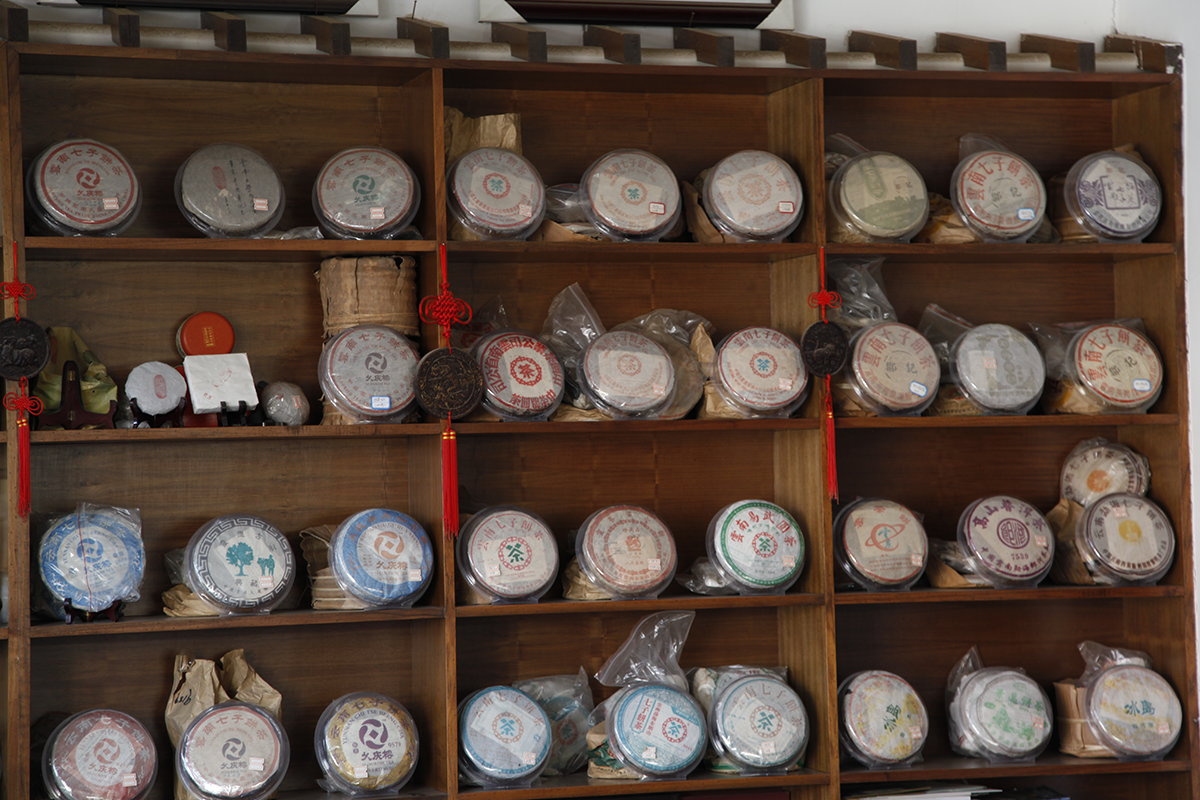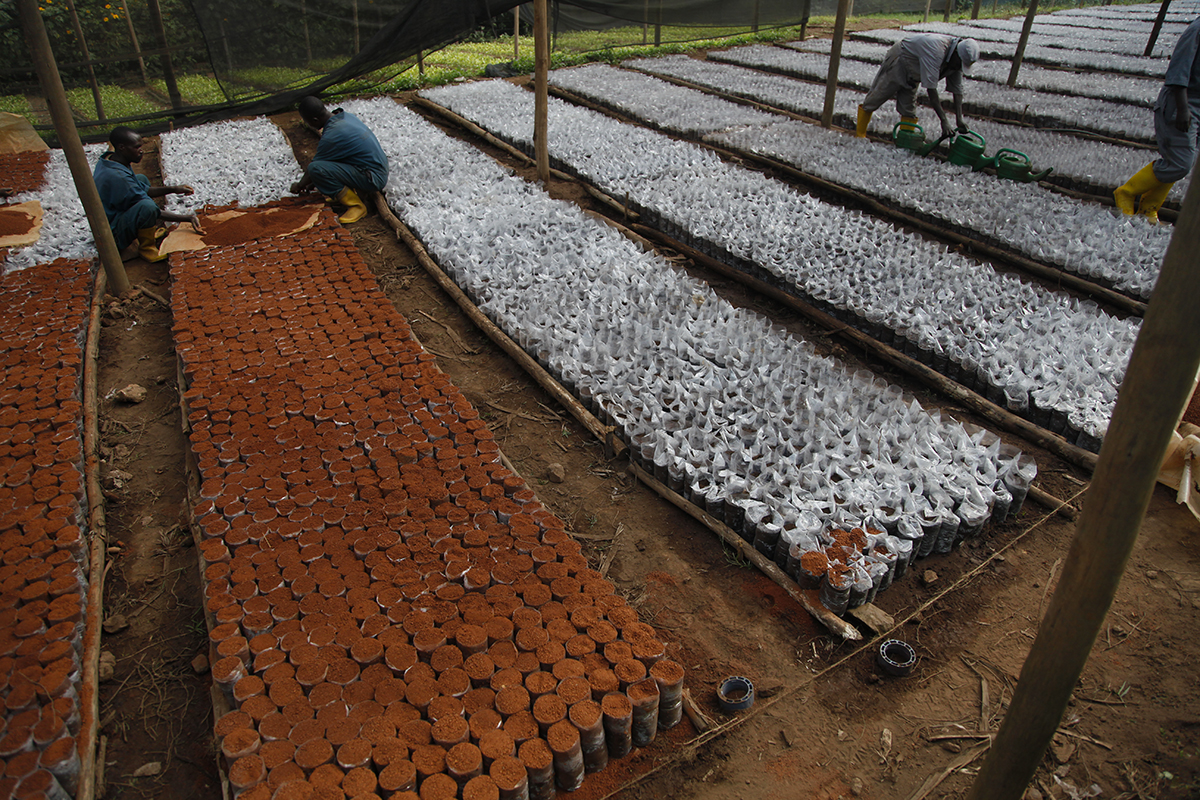Everyone finds happiness where they want it. I find it when I’m surrounded by nature, in places that are alive with silence. I enjoy crowds for a while, but in Japan, after experiencing once again the crush of people jostling to cross the streets in all directions at the famous Shibuya intersection, nothing pleases me more than to find myself far from the city, in a ryokan, a traditional Japanese inn. There, in the middle of nowhere, where I am attuned to the slightest sound and the materials that surround me – wood, rice straw, stone – I dissolve into the landscape and find my place among the trees, the breeze and the murmuring stream. With a bowl of tea in my hand, I close my eyes and slowly savour the powerful, vegetal infusion. I stay focused on the present moment. “We drink tea to forget the noise of the world,” wrote Lu Yu, the “Sage of Tea” as he is still known, and the author of The Classic of Tea.
The tea plant reawakens
Those of you who have been reading my blog for a while will know that tea belongs to the camellia family. There are many varieties of camellia; the one that interests tea enthusiasts goes by the name of Camellia sinensis. The shrub is deliberately kept low to make it easier to pick the leaves – a height known as the “plucking table”. In winter, the tea plants enter a dormant period. Come the spring, they wake up again, then you must wait until the bud is a respectable size so that it can be picked, along with the next two leaves. This is known as a “fine plucking”. There is just one more month to go before the first harvests start.
The dark tea season
The winter in general and especially the festive season is an ideal opportunity to explore dark teas, which have been fermented. The best known come from Yunnan and are called Pu Erh. They are sold in loose-leaf form or compressed into cakes (see photo). Dark teas undergo a slow ageing process (sheng) or an accelerated one (shu). They are prepared in a teapot or a gaiwan (gong fu method). Pu Erhs give off powerful aromatic notes of wood, undergrowth, spices, damp earth and animal aromas. And if I add that these dark teas are popular in China to help ease the effects of overeating, you’ll understand why this is a good time of year to discover them!
Multiplying tea
These days, tea is grown from cuttings, not seeds. The cuttings are raised in nurseries. Each nursery cares for thousands of plants at a time: their needs for light and water differ, depending on their age. When the cuttings are two years old they will be planted out in the ground. As they grow, they’ll be pruned into the right shape to optimise the harvesting of the young shoots.



